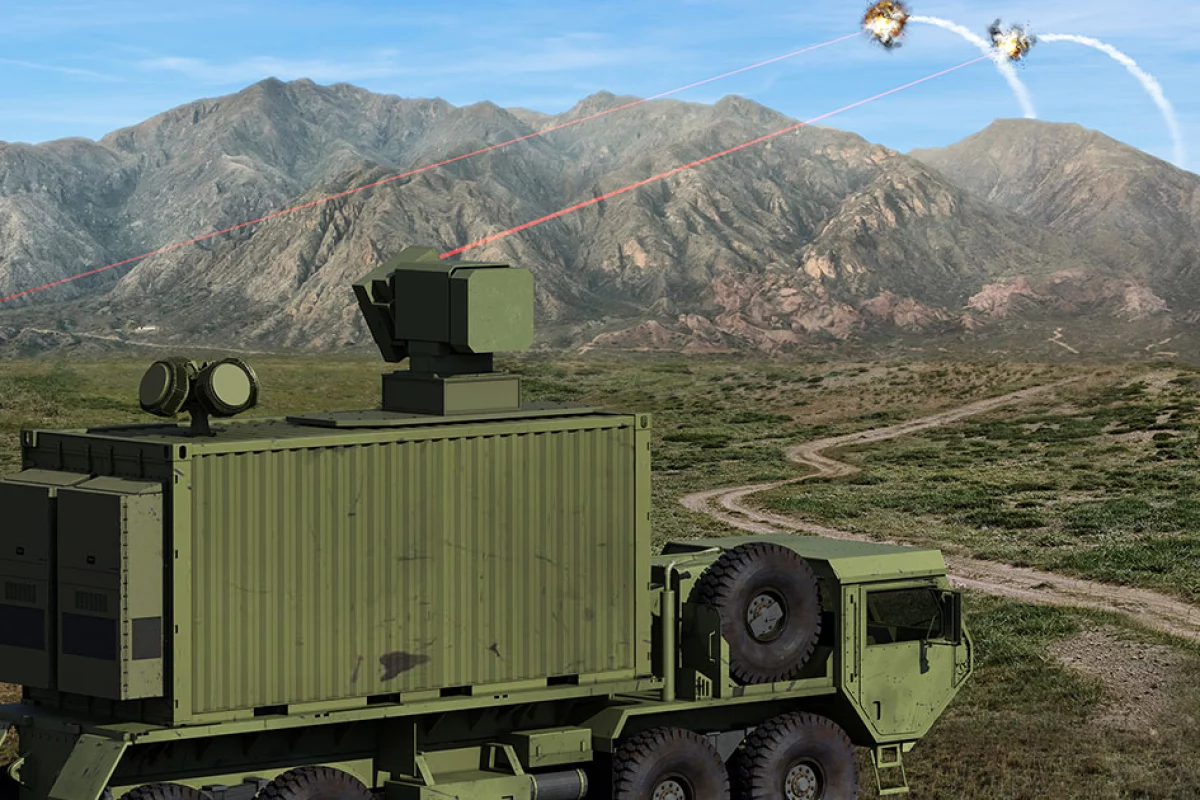US Army commissions 300-kW, target-tracking laser weapon.
General Atomics and Boeing have won a US Army contract to prototype their most powerful distributed-gain laser weapon to date: a groundbreaking 300-kW, solid-state, target-tracking beast that could fry enemy missiles and aircraft out of the air.

The enormous speed advantage of a hypersonic missile means a lot less when you can shoot it down with an energy beam traveling at the speed of light. If a tracking system can keep it pointed in the right direction – which shouldn’t be too hard with a target traveling in a straight line, no matter how fast – a powerful laser can cause crippling damage, melting metal surfaces to play havoc with aerodynamics, and destroying onboard electronics.
Just look what Lockheed Martin’s 30-kW optical fiber laser did to the hood and engine of a truck within a couple of seconds, during a public demonstration back in 2015:

The laser disabled the engine and drivetrain
Last October, GA and Boeing teamed up to build a scalable 100-to-250-kW-class high energy laser weapon, essentially on spec, to show military purse-string holders that GA’s distributed-gain laser design was the solution to cooling problems that typically impose severe limits on high-energy laser weapons.
GA’s VP for Lasers, Michael Perry, told Breaking Defense last year that the distributed gain system sits in a kind of Cinderella zone for solid-state lasers. Slab lasers, which fire light into a big chunk of crystal as the gain medium, tend to overheat and require heavy, bulky cooling systems.
In contrast, fiber lasers, like the Lockheed unit mentioned above, have little trouble staying cool, since they distribute the light between a number of fibers that are spaced apart to disperse heat. But at the end, you need to combine these beams together, and the beam combination systems tend to be expensive, complex, heavy and bulky.
GA’s distributed-gain system is essentially a number of slabs run in series, each small enough to disperse its own heat. Light is fired into the first, which magnifies it and shoots it into the second, and so on. No heat issues, no need to combine beams, and you can package it however you want. Hence the company’s willingness to build its original scalable prototype without securing a military contract to do so.
Now, the US Army is on board, and GA and Boeing have been awarded a Rapid Capabilities and Critical Technologies Office (RCCTO) contract to prototype a 300-kW version of GA’s laser with Boeing’s beam director and precision acquisition, tracking and pointing software built in.
According to Perry, the demonstrator will be “a packaged version of the 7th Generation of our Distributed Gain Design already demonstrated. The laser system employs two Gen 7 laser heads in a very compact and lightweight package. Recent architectural improvements have enabled our single-beam DG Lasers to achieve comparable beam quality to fiber lasers in a very simple design without the need for beam combination.”
There’s no word as yet on whether this system will be mountable on aircraft – the ultimate test of a compact, lightweight device without a crippling demand for power – but in the renders provided it certainly seems destined for portable use on the back of trucks.
While GA describes the forthcoming prototype as having “a lethal output greater than anything fielded to date,” the formidable power of this continuous-wave laser will pale in comparison to a proposed “Ultra-Short Pulse Laser” system that would unleash up to 5 terawatts of energy, in bursts as short as 30 femtoseconds, up to 50 times a second. Pop your sunnies on before you look down the barrel of that one.

